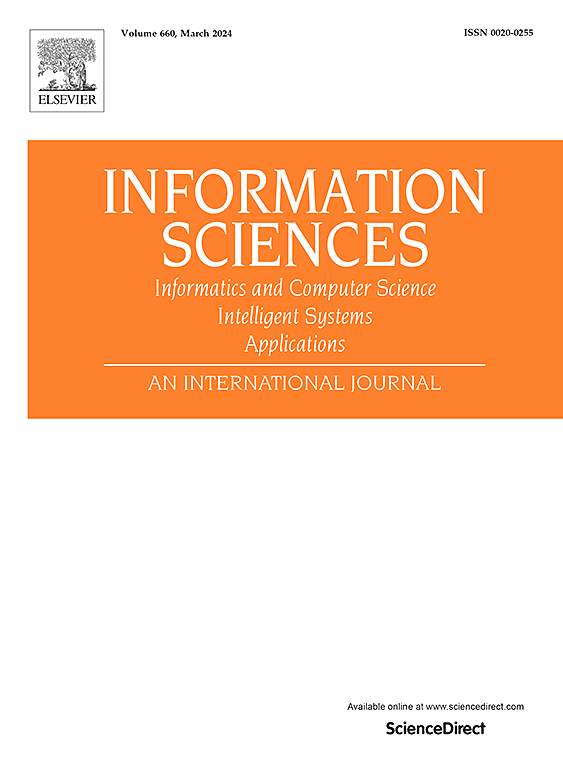Using AIE-D algorithm to recognize the node importance of weighted urban rail transit network considering passenger flow
IF 8.1
1区 计算机科学
0 COMPUTER SCIENCE, INFORMATION SYSTEMS
引用次数: 0
Abstract
The AIE-D algorithm (Adjacent Information Entropy-D algorithm) is proposed to recognize the importance of nodes in the urban rail transit network (URTN) weighted by passenger flow, which considers passenger flow, topological characteristics of nodes in the URTN, and the influence of neighboring nodes. The travel impedance is determined by using travel time, the D algorithm is used to search the k-short paths, and the weight value of each edge is the passenger flow cross-section of the corresponding line. Then, the detail AIE calculation steps are introduced. Next, a numerical study and comparison study are conducted by using the weighted topology of network. Compared with other commonly used algorithms, AIE-D has lower time complexity with faster calculation speed, and higher recognition accuracy. Finally, a real-world case study is conducted by using URTN of Chengdu Metro Network as the background. Weighted by passenger flow has greater impact on the operation of urban rail transit. The nodes are categorized into three classes according to the ranking of node importance, which includes Classification VI, Classification I and Classification GI. We conduct random attacks and deliberate attacks on the network, and analyze the network efficiency and maximum connectivity subgraph rate after the attacks.
利用ae - d算法识别考虑客流的加权城市轨道交通网络节点重要性
针对客流加权的城市轨道交通网络(URTN)中节点重要性识别问题,提出了AIE-D算法(邻域信息熵- d算法),该算法考虑了客流、URTN中节点的拓扑特征以及相邻节点的影响。利用行程时间确定行程阻抗,采用D算法搜索k条短路径,每条边的权值为对应线路的客流截面。然后,详细介绍了AIE的计算步骤。其次,利用网络的加权拓扑进行了数值研究和对比研究。与其他常用算法相比,ae - d具有时间复杂度低、计算速度快、识别精度高等特点。最后,以成都地铁URTN为背景进行了实际案例研究。客流加权对城市轨道交通运营影响较大。根据节点重要性的高低,将节点分为三类,分别是VI类、I类和GI类。我们对网络进行随机攻击和故意攻击,并分析攻击后的网络效率和最大连接子图速率。
本文章由计算机程序翻译,如有差异,请以英文原文为准。
求助全文
约1分钟内获得全文
求助全文
来源期刊

Information Sciences
工程技术-计算机:信息系统
CiteScore
14.00
自引率
17.30%
发文量
1322
审稿时长
10.4 months
期刊介绍:
Informatics and Computer Science Intelligent Systems Applications is an esteemed international journal that focuses on publishing original and creative research findings in the field of information sciences. We also feature a limited number of timely tutorial and surveying contributions.
Our journal aims to cater to a diverse audience, including researchers, developers, managers, strategic planners, graduate students, and anyone interested in staying up-to-date with cutting-edge research in information science, knowledge engineering, and intelligent systems. While readers are expected to share a common interest in information science, they come from varying backgrounds such as engineering, mathematics, statistics, physics, computer science, cell biology, molecular biology, management science, cognitive science, neurobiology, behavioral sciences, and biochemistry.
 求助内容:
求助内容: 应助结果提醒方式:
应助结果提醒方式:


